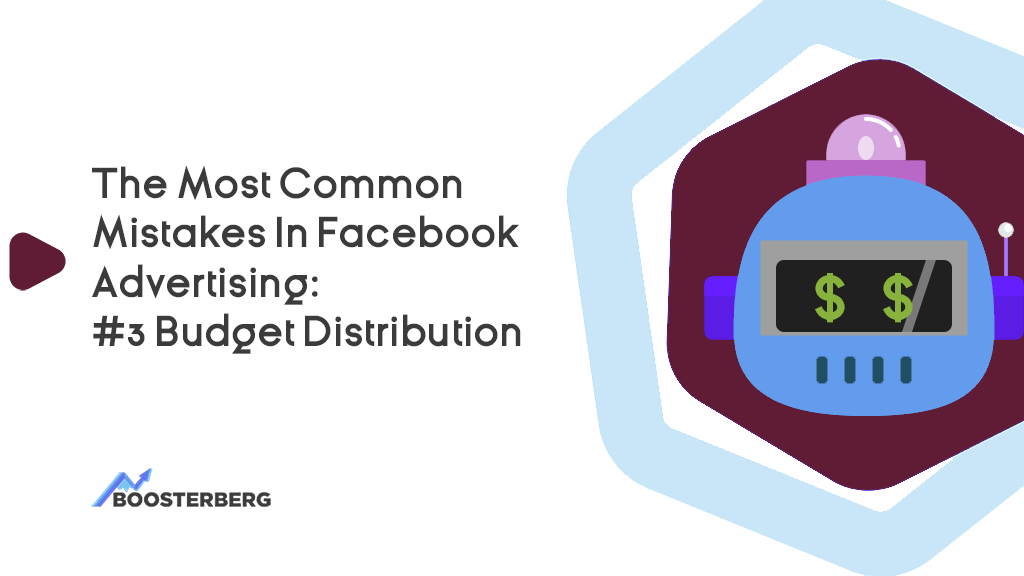Related to the previous point of poor campaign and audience distribution structure.
A common mistake was CBO campaigns with many adverts that had diametrically opposed target sizes, often logically unrelated.
What is the problem
For example, 10% LAL (Lookalike Audience) in one Ad and 30-day trap purchasers in another. 300k people vs 1k people. The result is that the larger Adset receives the vast majority of the budget in the CBO (Campaign Budget Optimisation). Most of the small Ads get the minimum budget, a few euros (if not cents), are stuck in learning limited with no spend.
How it should look like
The solution is a better structure, use of ABO (Ad set Budget Optimization), spending minimums, or the already mentioned consolidation. Personally, I find CBOs more inconsistent than they used to be, which is probably related to the limited data FB has now. The best practice is to use CBO campaigns with the same target in the same step of the funnel, i.e. for example a MOFU (middle funnel) campaign with two similarly sized targets (365 FB + IG engagers vs 180D website visitors), or TOFU (top funnel) lookalikes or interest stacks (different types of lookalikes of the same size in different Ads – although beware, in small countries lookalikes often overlap – but you don’t have to deal with the overlap in CBO).
Another mistake
Yet another mistake is not understanding the minimum budgets that need to be invested in the campaign. If my average CPA is 10 EUR, I can’t have a campaign with a daily budget of 10 EUR, in which there are 5 Adsets and 5 Ads in each. That’s 25 combinations that will hardly get one conversion per day.
It is practically impossible to get any actionable data from such a setup. The best practice is to use a budget that gives Facebook enough room to generate conversions and learn. If we have a CPA of 10 EUR and the campaign has two Adsets with two Ads, then each Adset should have a budget of at least 20 EUR, in the case of CBO 40 EUR per campaign. Yes, it will most likely not be distributed evenly, but that doesn’t matter – the important thing is that you get the data to make decisions and spend the budget efficiently.
Summary
In an ideal Facebook world, we are talking about 50 conversions/week (in real-world conditions this is often not possible). The solution is again to consolidate campaigns, Ads and budgets. Ideally, if Adsets and Ads can generate at least 1-3 conversions per day.
On the other hand, if something is working and FB says learning is limited, I don’t go for it. Learning limited doesn’t mean the campaign is bad, Facebook is just telling you that it doesn’t have enough data for “full” optimization (in the eyes of its algorithm).
All credits for this series goes to Martin Palsovic, E – commerce consultant with more than 14 years of marketing experience.
Focus on the things you are great in – your business, leave the struggles with Ad management. on US. Try one of our provided SERVICES for a hassle-free way to get ahead!
